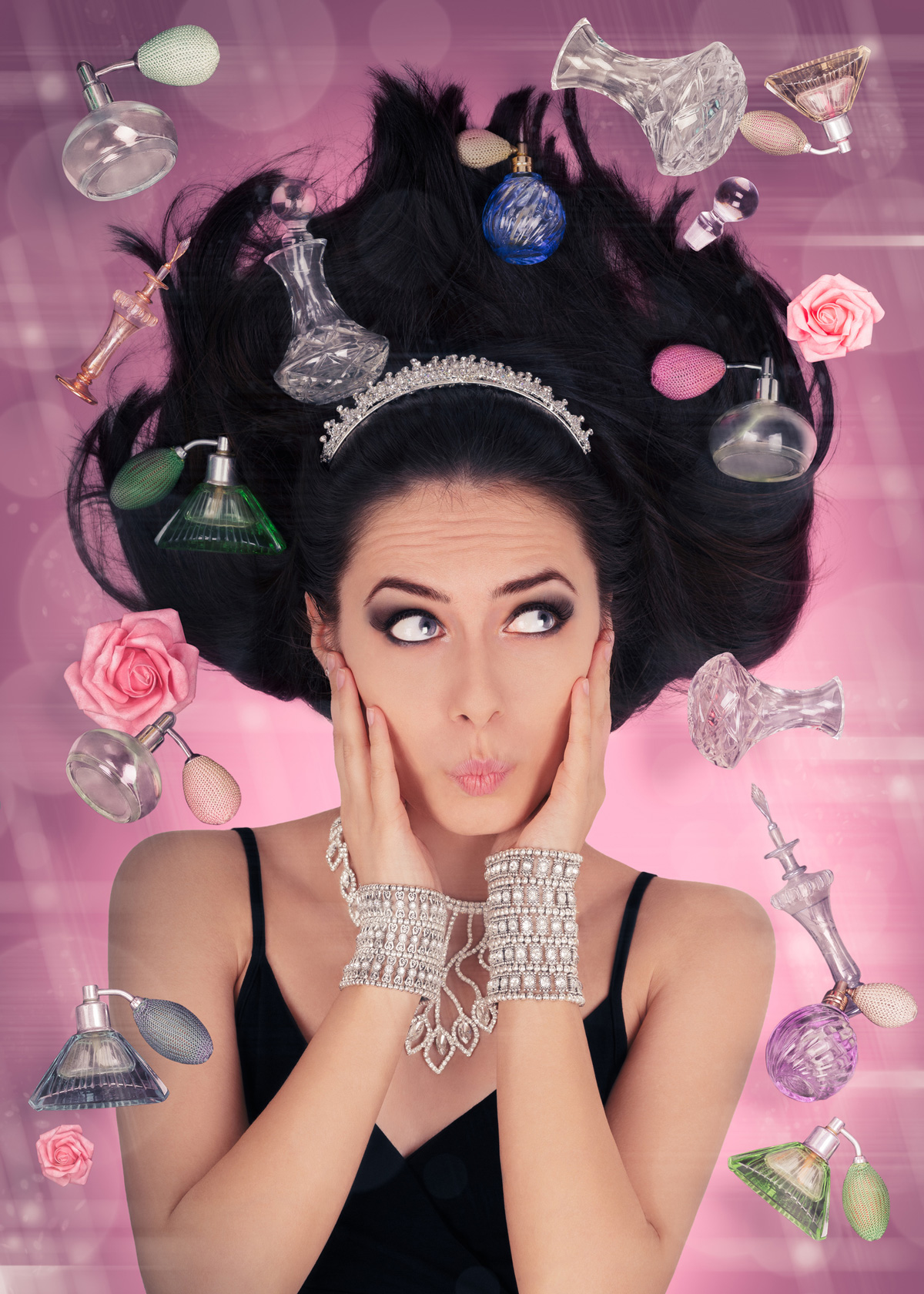
Jewelry is meant to last a lifetime and beyond. You should absolutely wear and enjoy your jewelry — most pieces can easily be worn every day — but like anything else jewelry needs a little tender loving care to keep it in optimum condition. With the proper care the piece that you wear and love today will be the piece that your grandchildren will wear and love someday. Whether it’s a quick dip in jewelry cleaner to brighten up your gems for an evening out, or a full inspection by your jeweler, it is well worth it to take careful care of your jewelry so that it becomes a beloved heirloom. Here are a few things you should always do to keep your jewelry at its sparkling best. These tips apply to all jewelry — contemporary and vintage — as well as precious metals.
1. Remove your jewelry when you are cleaning the house, washing the car, or doing any other activity that exposes your jewelry to chemicals or excessively harsh cleaning products, such as bleach.
2. Take your jewelry off when you go swimming, in a pool or the ocean — both chlorine and saltwater can damage your jewelry. According to the Jewelers of America, those two elements can discolor the metal or wear away the finish and polish on a gemstone.
3. When you are working out or playing sports, take your jewelry off to avoid damage. Your jewelry could be accidently broken or lost in those situations.
4. When you take off your jewelry to do household chores put it in a safe place, preferably away from sinks. We all remember when J.Lo dropped her pink diamond engagement ring (the one Ben Affleck gave her) down the drain at The Ivy restaurant in Los Angeles. Best to avoid having to call the plumber to retrieve your ring from inside the pipes.
5. Steer clear of bleach at all costs. It does great harm to both gemstones and precious metals.
6. While baking soda and toothpaste are sometimes recommended for jewelry cleaning, both are abrasive and should not be used as a jewelry cleaner.
7. If you use a toothbrush to clean your jewelry, make sure that it is new and soft — you don’t want to take a chance that any toothpaste residue is lingering.
8. Use a piece of flannel or a piece of an old T-shirt to clean jewelry; it is nice and soft. Do not use paper towels, napkins or tissues. They are a bit abrasive and may contain chemicals — such as bleach — that are not jewelry friendly.
9. If possible, keep each piece of jewelry in its own pouch or box. You can also store your jewelry in small plastic bags, or wrapped in fabric. This protects your jewelry from getting tangled up or scratched by other pieces.
10. Store jewelry in a clean, dark place. Some gemstones change color — either fading or turning darker — when exposed to bright light. It is best to keep your jewelry away from light when you are not wearing it.
11. Avoid storing your jewelry in a place that is overheated or where there will be sudden temperature changes. If the air is too hot, or if there are sudden changes in temperature, it could cause a gem to dry out and crack or break.
12. Clean your jewelry with a soft cloth to remove fingerprints and other dirt that accumulates on your jewelry with daily wear. The Gemological Institute of America (GIA) advises against home use of ultrasonic cleaners as they may harm certain gemstones, or cause chipping to the stone due to the vibrating movement of the machine. It’s okay to have professional jewelers clean your jewelry using an ultrasonic cleaner as they will know what is safe and what is not safe in the machine.
13. Your jewelry should be the last thing that you put on when getting dressed. Jewelry can be damaged when exposed to body lotion, hairspray, perfume or makeup. The chemicals in those products can cause metal to discolor and can ruin gemstones. At the very least, those products can leave a film on your jewelry that will dull its sparkle.
14. Take your jewelry to a professional jeweler every six months to be cleaned.
15. Once a year, have your jewelry thoroughly inspected by your jeweler. They should check for loose or damaged prongs, loose or chipped side stones and general condition of the piece.

